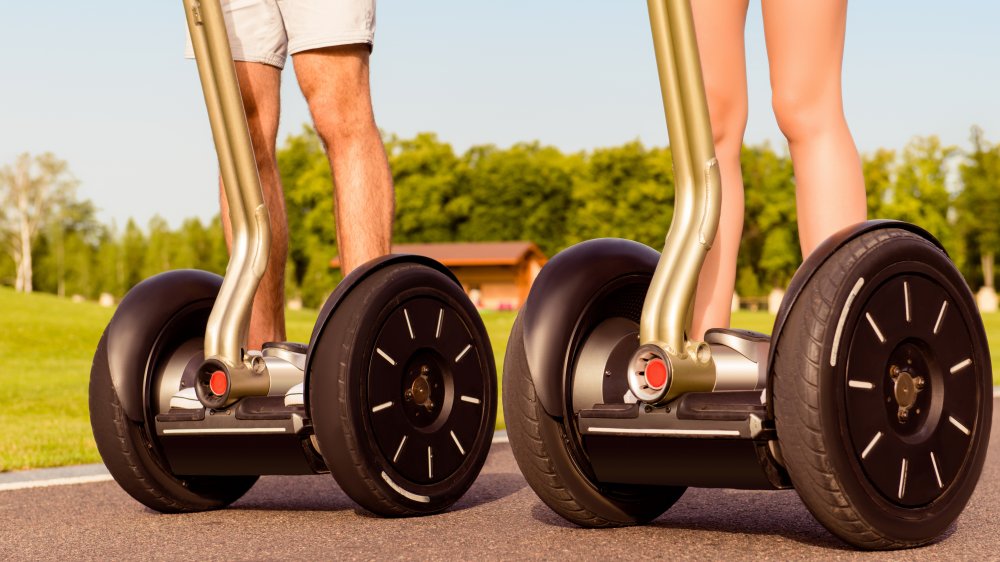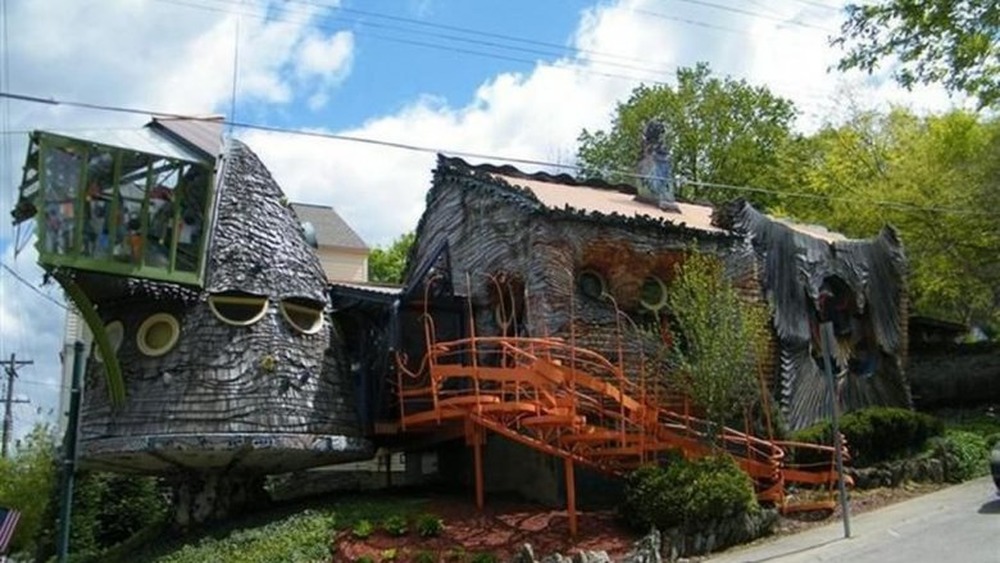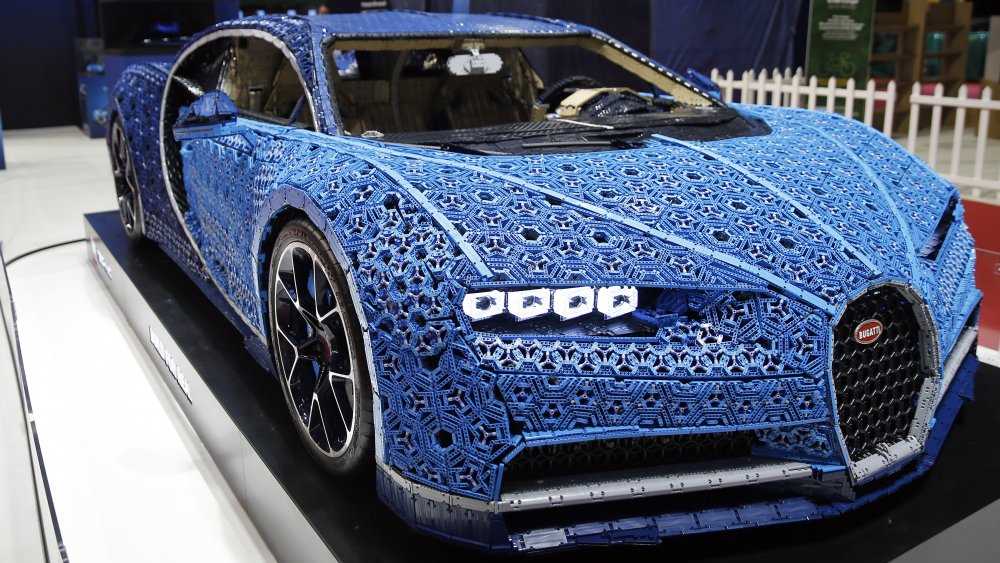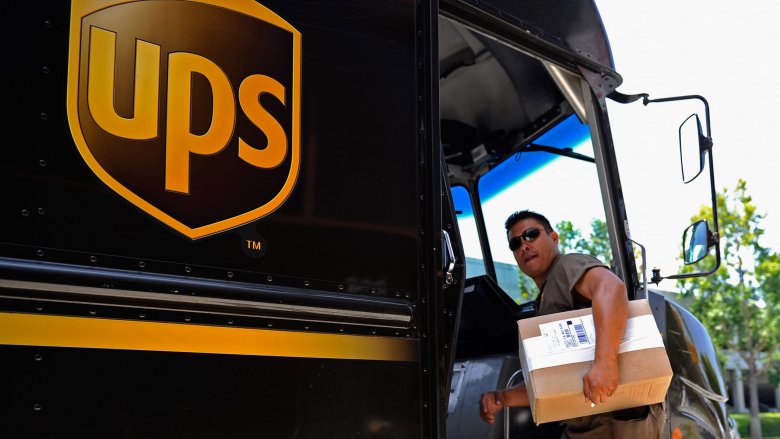
Bill Gates Thinks These Toilets Could Change The World
A flushing toilet — hooked up to a fresh water supply and a stable sewage line — is something many people take for granted. While this actually marvelous system has run all over the U.S., Canada, and Europe, it’s not yet universal. According to the World Health Organization, approximately 2.3 billion people don’t have access to the basic sanitation afforded by modern plumbing. But all those people still turn food into waste, and all that excreted material has to go somewhere. It ends up going pretty much everywhere, including into soil or into bodies of water, sometimes causing the rapid spread of nasty and potentially fatal diseases like cholera and dysentery.
This problem weighs on the minds of plenty of people, including some of the world’s most inventive scientists and some of the crusading heads of charitable foundations that can help make research into better toilets and widespread sanitation possible. In the latter category, for example, there’s Bill Gates. The founder of Microsoft — who is also the world’s “computer guy” and whose name is synonymous with “wealthy beyond imagination” — spends most of his time these days, along with his wife, funding and facilitating projects via the Bill and Melinda Gates Foundation. Since 2011, the foundation says it’s invested $200 million (and pledged another $200 million) to improve the toilet issue in the developing world.
On November 6, 2018, Bill Gates spoke at the Reinvented Toilet Expo in Beijing, China, a place where inventors and organizations showed off cutting-edge, bacteria-killing, literally life-saving bathroom technology. Gates really wanted to drive home his message about how dangerous (and disgusting) of a problem poor sanitation can be, and so during his speech, he held up a jar (sealed, thankfully) of human feces (no word on whether or not it was his own deuce) to demonstrate how many toxic bacteria are present in even a small amount of human dingleberries. The jar, he said, could hold “as many as 200 trillion rotavirus … 20 billion Shigella bacteria, and 100,000 parasitic worm eggs.” If you’re reading this in the U.S. right now, thank your lucky bathroom lights you’ve got a sewage plant that will prevent all that from reaching your drinking water supply.
 Getty Images
Getty ImagesApart from the guy who brought Minesweeper to the masses holding a jar of chocolate delights, the real stars of the Reinvented Toilet Expo were the 20 toilets of the future on display. And these designs really are something special, as they specifically don’t need a connection to water or sewage lines. In other words, they can be used anywhere and everywhere, especially in communities that don’t have that kind of infrastructure in place. Gates is a fan, placing this new category of johns among “the most significant advances in sanitation in nearly 200 years.”
One of the most notable loos at the Reinvented Toilet Expo: the suitably scientifically named Nano Membrane Toilet. Here’s how it works. After a person does their business, they close the lid. That sets a series of gears into motion, which “flush” waste away into a holding tank at the bottom of the toilet, but without needing any water or electricity. As the mechanism rids the toilet of waste, a thin blade scrapes the bowl clean. A spiral device elevates only the solid parts of the waste out of the holding tank, cutting it into small pellets and then feeding it into a tiny combustion chamber. That’s where the poop gets burned, and all the bacteria and eggs and whatever other nasties it holds die a fiery death. The user has to clean out the ashtray once a week.
But what happens to your No. 1? It passes into a channel full of membrane bundles that treat and sanitize the urine before sending it into a holding area at the front of the toilet. Even if you can get past the eww factor, it’s not drinkable, but it can be used for watering plants or crops. The Nano Membrane (made possible by a $700,000 grant from the Gates Foundation) is currently being tested in Ghana, where organizers aim to get people used to it in public restrooms. Then, over time, they hope the manufacturing cost will drop enough to allow for widespread household use. Good luck to us all.

The Truth About A Feral Child Who Was Kept As A Royal Pet

How The NXIVM Cult Found And Lured Their Victims

What It Was Really Like Being A Follower Of Pythagoras

The Unsolved Disappearance Of Jim Sullivan

The Untold Truth Of The Segway

Doctors Report First Known Case Of Person Who Urinates Alcohol

Bill Nye Is Suing Disney For $28 Million

Jackalope: The Truth Behind The World's Scariest Rabbit

How To Survive A Nuclear Attack

The Strangest Houses In The World























